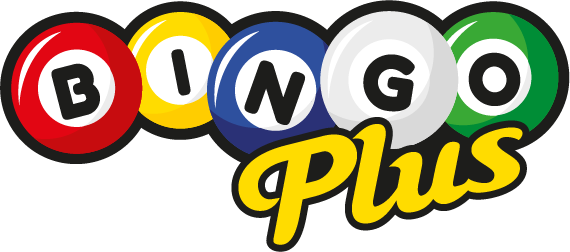In today’s rapidly evolving digital landscape, the ability to tailor content to fit the needs, preferences, and interests of various audiences has become more crucial than ever. Whether you are a content creator, a marketer, a business owner, or a teacher, modifying your approach to suit your specific focus or audience can significantly enhance engagement, understanding, and success. This article explores the importance of flexible content creation and offers strategies for adapting your messages effectively.
Understanding Your Audience
The foundation of any successful content strategy lies in understanding your target audience. Identifying demographics, preferences, pain points, and motivations allows you to create content that resonates with those you are trying to reach. Gathering insights through surveys, social media engagement, and analytics can provide valuable data on what your audience values.
Key Questions to Consider:
- Who is my audience?
- What are their interests and values?
- What challenges do they face?
- How do they prefer to consume information?
The Benefits of Tailoring Content
-
Increased Engagement:
Tailored content is more likely to capture attention. When your audience sees that you understand their needs and desires, they are more inclined to engage, whether through comments, shares, or purchasing decisions. -
Enhanced Relevance:
By customizing your message, you can ensure that your content aligns with current trends and topics relevant to your audience. This relevance helps maintain interest and fosters a connection between you and your followers. -
Improved Communication:
Modifying your content based on the audience’s preferences means using a language, tone, and format they relate to. This enhances comprehension and facilitates more meaningful interactions. - Higher Conversion Rates:
In marketing and sales, personalized messaging often leads to higher conversion rates. When customers feel that a product or service was designed with them in mind, they are more likely to make a purchase.
Strategies for Modifying Content
1. Use Audience Segmentation
Segment your audience based on various criteria like age, location, interests, or purchasing behavior. Create tailored messages specific to each segment’s characteristics and preferences.
2. Leverage Data-Driven Insights
Utilize analytics tools to track how different segments of your audience interact with your content. Use this information to refine your strategies and make data-informed decisions.
3. Experiment with Formats and Channels
Different audiences prefer different content formats, be it video, written articles, infographics, or podcasts. Test various channels (social media platforms, email newsletters, blogs) to determine where your audience is most active and responsive.
4. Solicit Feedback
Encourage feedback from your audience to gauge their preferences and opinions. This could be done through polls, surveys, or direct communication. Use this feedback to iterate and improve your content continuously.
5. Stay Updated on Trends
Keep a pulse on industry trends, cultural shifts, and emerging technologies. Adapting your content to reflect these changes can keep your message relevant and engaging.
Conclusion
In a world saturated with information, the ability to create tailored content that resonates with specific audiences is imperative. By investing time and effort into understanding your audience and modifying your messaging accordingly, you not only enhance engagement but also foster lasting relationships and drive measurable success. Remember, flexibility in your approach is not just about adapting the content; it’s about embracing the ongoing conversation with your audience, meeting them where they are, and guiding them toward where they want to be. So, feel free to modify your content strategies—you might just find that a little personalization goes a long way.




